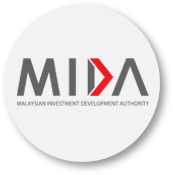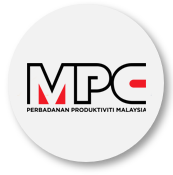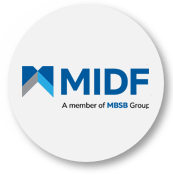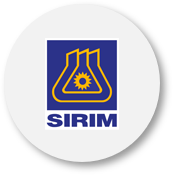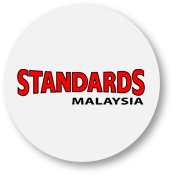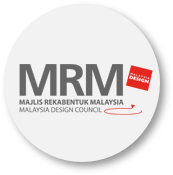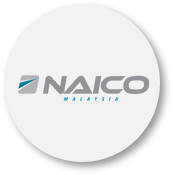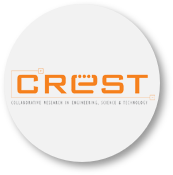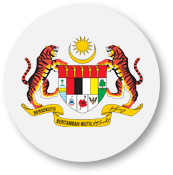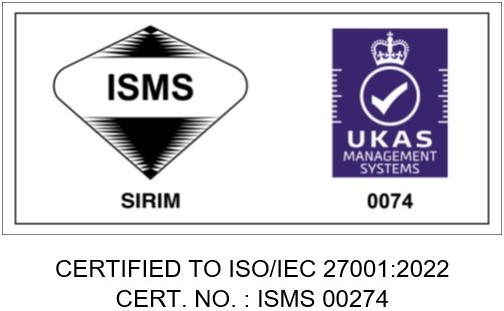The ASEAN Trade in Goods Agreement (ATIGA) was signed in February 2009 and entered-into-force on 17 May 2010. The ATIGA replaced the earlier Agreement on Common Effective Preferential Tariff of the ASEAN Free Trade Area (CEPT-AFTA) scheme, signed in 1992.
The main objective of ATIGA is to establish an integrated market and production base with a free flow of goods by 2015. It is aimed at realising one of the goals of the ASEAN Economic Community. Under ATIGA, ASEAN Member States are to eliminate import duties and remove all forms of non-tariff barriers.
The ATIGA consolidates and streamlines all the provisions in the earlier CEPT-AFTA Agreement and formalizes ministerial decisions. As a result, the ATIGA has become a single legal instrument for government officials who implement and enforce the Agreement, as well as for the private sectors who are the beneficiaries.
The ATIGA comprises several new elements to ensure the realisation of free flow of goods within ASEAN, including the following: tariff liberalisation, removal of non-tariff barriers, rules of origin, trade facilitation, customs, standards and conformance, and sanitary and phytosanitary measures.
The Annex 2 (Tariff Schedules) under ATIGA provides the full Tariff Reduction Schedule (TRS) of each Member States and details the tariff rates to be applied on each product for each year up to 2015. This makes tariff reduction schedules transparent and predictable for the business community.
The liberalisation of trade in the region through elimination of both intra-regional tariffs and non-tariff barriers has contributed towards making ASEAN’s manufacturing sectors more efficient and competitive in the global market. As a result, consumers are able to source goods from the more efficient producers in ASEAN.
To date, Customs import duties have been substantially eliminated, and beginning 2015, 97.3 % of the products traded in the region will be duty-free.
Cambodia, Lao PDR, Myanmar and Viet Nam are given some flexibility to maintain duties at 1-5% on 669 tariff lines each or collectively accounting for 2.7% of the total ASEAN tariff lines. The duties on these products will be eliminated on 1 January 2018.
Malaysia has eliminated import duties on 98.74% of the tariff lines under the ATIGA Tariff Schedule. Duties of between 5-20% have been retained on 73 tariff lines covering tropical fruits and tobacco, rice & rice products. 82 tariff lines comprising alcoholic beverages, and arms and weapons are listed under the General Exclusion (GE) List. Indonesia is the other country that has still excluded alcoholic beverages from the ATIGA.
These products are not subject to import duties reduction or elimination. However, Malaysia and Indonesia are required to study on alternative measures that are consistent with the GE provisions of the ATIGA e.g. excise duties or domestic regulation that could be applied and to eliminate import duties.
Indonesia and The Philippines are also given flexibility to maintain import duties of over 20% for rice and sugar. A separate ASEAN Protocol governs the trade for these two products, whereby Indonesia and The Philippines are required to request for waivers from other countries on an annual basis to retain higher import duties
Last Updated 2015-05-14 11:59:16 by admin2







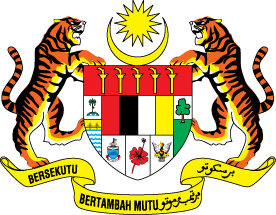





 Home
Home








